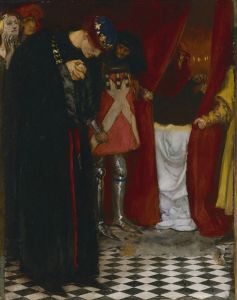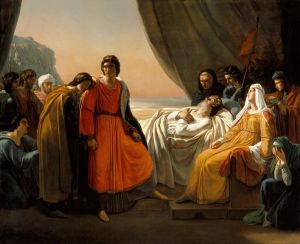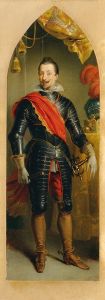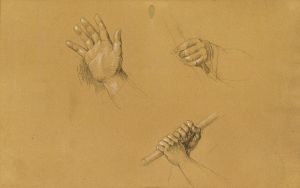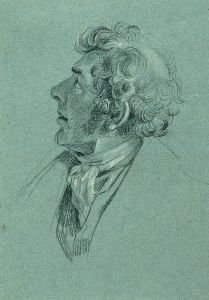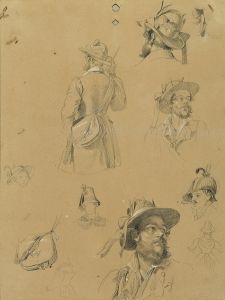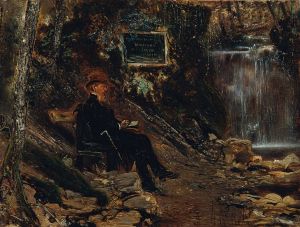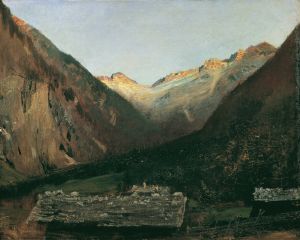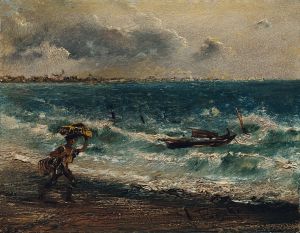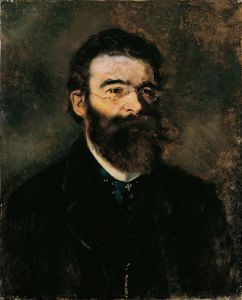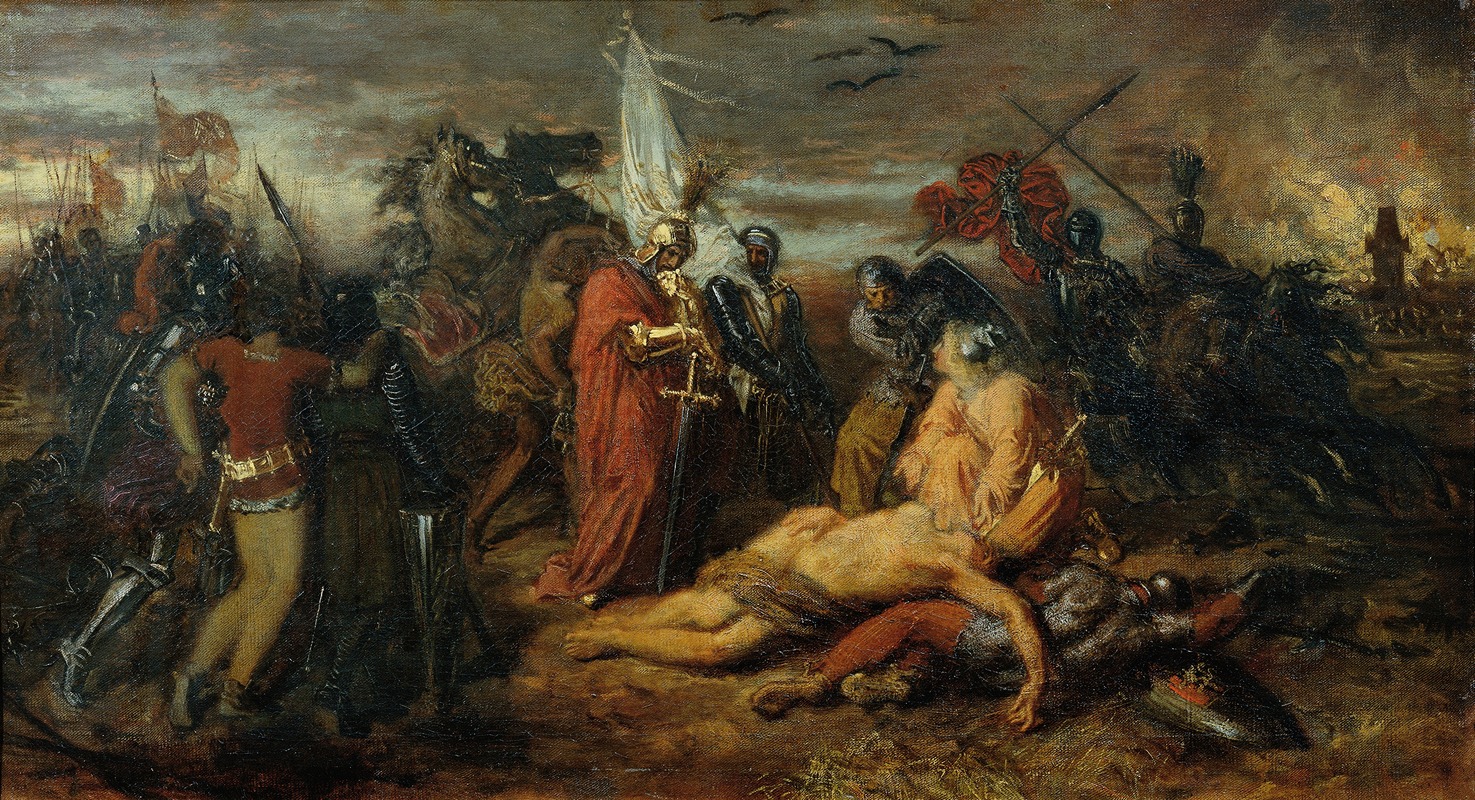
Rudolf von Habsburg an der Leiche Přemysl Ottokars, König von Böhmen
A hand-painted replica of Anton Romako’s masterpiece Rudolf von Habsburg an der Leiche Přemysl Ottokars, König von Böhmen, meticulously crafted by professional artists to capture the true essence of the original. Each piece is created with museum-quality canvas and rare mineral pigments, carefully painted by experienced artists with delicate brushstrokes and rich, layered colors to perfectly recreate the texture of the original artwork. Unlike machine-printed reproductions, this hand-painted version brings the painting to life, infused with the artist’s emotions and skill in every stroke. Whether for personal collection or home decoration, it instantly elevates the artistic atmosphere of any space.
Anton Romako's painting Rudolf von Habsburg an der Leiche Přemysl Ottokars, König von Böhmen (translated as Rudolf of Habsburg at the Body of Přemysl Ottokar, King of Bohemia) is a significant work of 19th-century Austrian art. Created in 1876, the painting depicts a historical moment following the Battle of Marchfeld, which took place on August 26, 1278. This battle was a decisive conflict between Rudolf I of Habsburg, the King of Germany, and Přemysl Ottokar II, the King of Bohemia.
The painting portrays Rudolf of Habsburg standing solemnly over the lifeless body of Přemysl Ottokar II. This scene reflects the aftermath of the battle, where Přemysl Ottokar II was defeated and killed. The Battle of Marchfeld was a pivotal event in European history, as it marked the rise of the Habsburg dynasty's influence in Central Europe. Rudolf's victory solidified his position as a key political figure and laid the foundation for the Habsburgs' long-lasting dominance in the region.
Romako's work is notable for its dramatic and emotional intensity. The painting captures Rudolf's contemplative stance as he gazes at the fallen Přemysl Ottokar II, evoking themes of mortality, power, and the human cost of political ambition. The composition is characterized by its somber tones and detailed rendering of the figures, which emphasize the gravity of the historical moment.
Anton Romako (1832–1889) was an Austrian painter associated with the transition from Romanticism to Realism. While his work was not widely appreciated during his lifetime, he is now recognized as an important figure in Austrian art history. This particular painting is considered one of his most significant historical works, showcasing his ability to convey complex emotions and historical narratives.
The painting is housed in the Belvedere Museum in Vienna, Austria, where it remains an important piece in the collection of 19th-century Austrian art. It serves as both a historical document and a work of art, offering insight into the political and cultural dynamics of the time as well as Romako's artistic vision.





